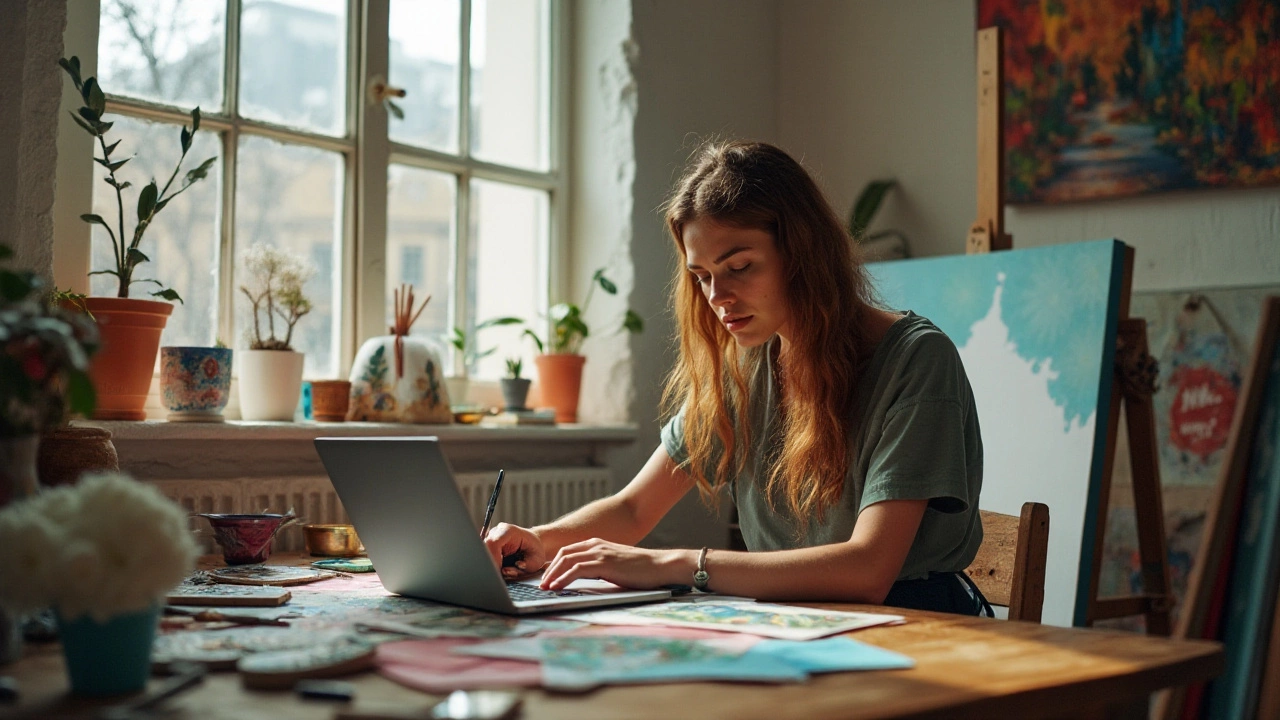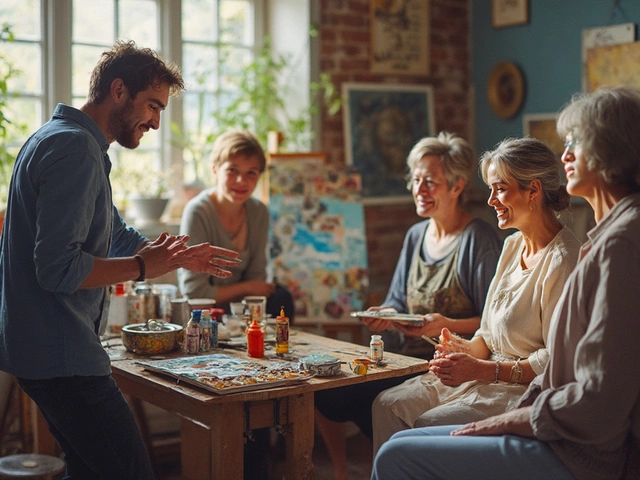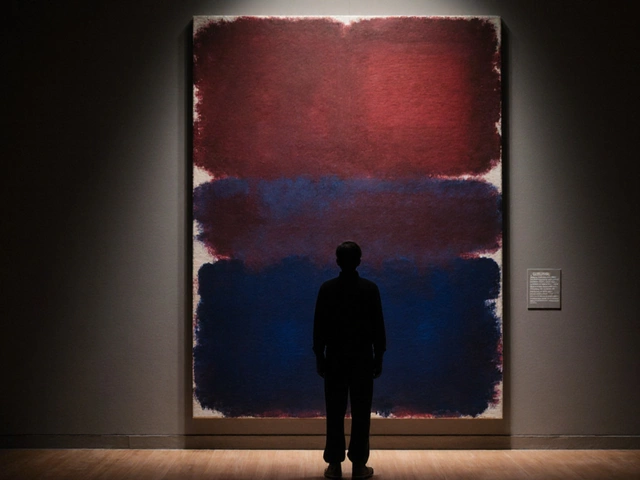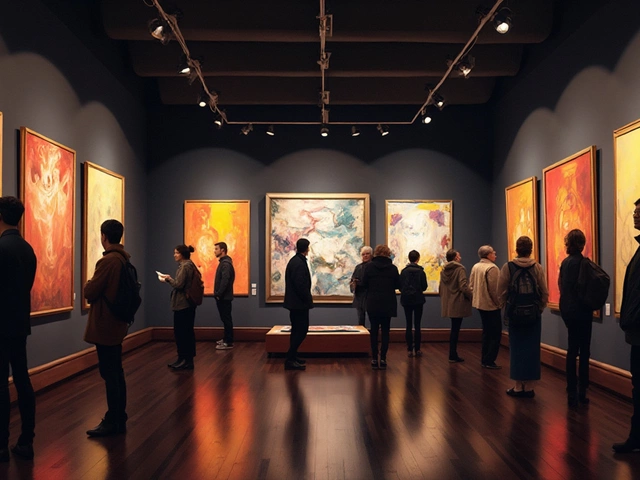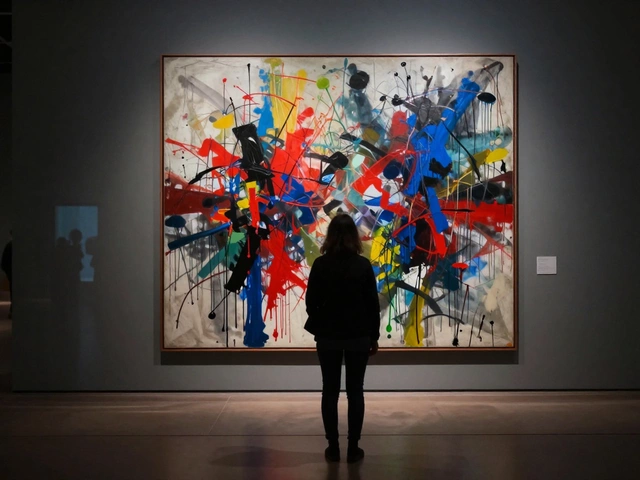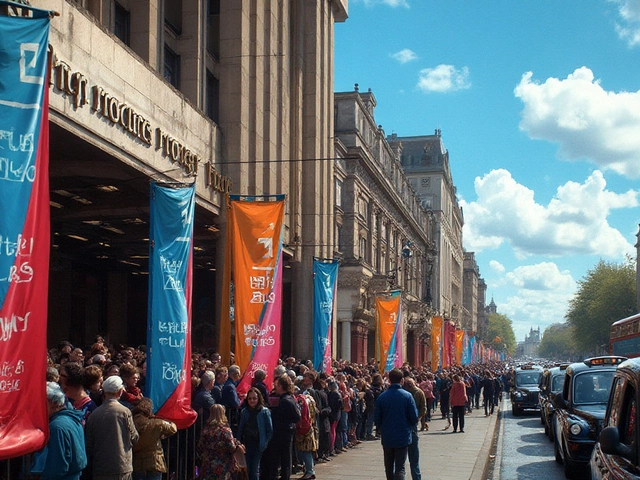In today’s interconnected world, the way artists share their work with the public has evolved dramatically. Gone are the days when an artist’s success depended solely on brick-and-mortar galleries or traditional art shows. Now, the digital realm offers countless opportunities for artists to showcase their creations, expand their audience, and gain recognition without geographical limitations.
Whether you're a budding artist or a seasoned creator looking to expand your reach, knowing where to display your art online is crucial. From social media powerhouses like Instagram to specialized platforms dedicated to art, there are a host of valuable options to explore. By understanding and leveraging these digital tools, you not only broaden your exposure but also connect with like-minded creatives and potential buyers worldwide. Let’s delve deeper into the most effective strategies and platforms to elevate your artistic career in the digital age.
- The Power of Social Media
- Online Art Galleries and Marketplaces
- Collaborations and Community
- Unique Virtual Exhibition Options
- Creating an Effective Online Portfolio
The Power of Social Media
Social media has transformed into a formidable tool for artists, enabling them to bypass the traditional gatekeepers of the art world. Platforms like Instagram, Facebook, Pinterest, and TikTok provide unprecedented access for artists to showcase their creations directly to a global audience. Artists should recognize that these platforms are not mere digital galleries; they are vibrant communities where creative conversations happen, and trends are set. Strengthening art promotion on these platforms requires a blend of consistent posting, engagement, and authentic storytelling. By cultivating an online presence, artists can foster genuine connections with their audiences, who are often eager to learn about the person behind the art.
Instagram, with its image-centric design, has emerged as a leading platform for visual artists. It offers exciting features like Stories and Reels, which artists can use to provide behind-the-scenes glimpses into their creative process or share their art visibility journey. Harnessing the power of hashtags, artists can tag their work with relevant keywords to join larger conversations and increase discoverability among art lovers globally. Meanwhile, Facebook offers a different dynamic with its ability to create pages and groups, fostering communities where direct feedback and discussions can take place. Studies have shown that artists who actively engage with their audiences on these platforms tend to see faster growth in their followers and increased participation in their activities. Facebook's robust event features also allow for virtual art exhibits and livestreamed events, thus broadening the reach of traditional art shows.
Not to be overlooked, TikTok is gaining traction among young and emerging artists. Its algorithm favors creativity and virality, offering artists a chance to go viral with dynamic and interactive content. It’s a playground where engaging visuals paired with music or sound can captivate massive audiences. Artists who experiment with short, impactful videos often find that this platform not only boosts their visibility but also connects them with creative projects and collaborations that were previously unimaginable. Consider this quote from a study by the Digital Artists Association:
"Artists who use TikTok effectively have seen a fivefold increase in their online sales, proving that short-form content is more than trendy—it's transformative."
Each platform comes with its own audience demographic, which means that understanding these nuances can guide artists in choosing where to focus their efforts. A digital exhibition that finds traction on Instagram might not have the same impact on TikTok, where playfulness and innovation reign supreme. Artists should also utilize platform-specific insights and analytics to understand what type of content resonates with their audience. Engaging with these insights can help in refining their strategies, ensuring that each post not only reaches a wide audience but also aligns with their artistic voice and career goals.
The importance of cultivating a community cannot be overstated. Artists must engage genuinely with their followers by liking, sharing, and responding to comments. This human connection often transcends digital barriers, allowing artists to build networks that include peers, fans, and potential buyers. Therefore, the synergy between creating high-quality art and engaging on social media creates a powerful cycle of feedback and growth. As technology evolves, these platforms will undoubtedly introduce new features, providing even more innovative ways for artists to shine in the sphere of art promotion and visibility.
Online Art Galleries and Marketplaces
In the last few years, art promotion has undergone a seismic shift thanks to the rise of online art galleries and marketplaces. These platforms have democratized the art world, providing artists with unprecedented access to audiences who may have never set foot in a physical gallery. Artists can now reach out to a global audience, offering them a chance to appreciate and purchase art without leaving their homes. Platforms like Saatchi Art, Artsy, and Artfinder serve as digital venues where artists can list their work, set their prices, and connect directly with buyers. Beyond the convenience, these platforms also offer extensive analytics, allowing artists to understand more about their viewers and adapt their approach accordingly.
An artist stepping into digital marketplaces must carefully consider the unique features and reputation of each platform. Saatchi Art, for instance, is known for its extensive marketing efforts and has a strong presence in many online spaces where potential buyers roam. Artists gain visibility on social media through Saatchi's accounts, which actively promote featured work. Meanwhile, Artsy partners with traditional galleries and even art fairs, providing artists with a taste of both worlds—digital and physical. Each platform has its own fee structure, so artists need to be mindful of how these cost factors affect their pricing strategy.
"The opportunity to exhibit work online should be seen as an extension of the traditional gallery model, allowing artists to thrive in a more connected and diverse marketplace," says art critic Jonathan Paulson.
Interestingly, online platforms also encourage a different kind of creative dialogue. With features allowing interaction between artists and viewers, such as comment sections or dedicated forums, these spaces foster community engagement. An artist might find feedback on their work fast and often, which can be inspiring in unexpected ways. Art marketplaces also keep creativity dynamic by hosting themed exhibitions and offering competitions, making these platforms more than just sales channels, but hubs of inspiration and learning.
Statistics reveal the impact of these platforms on the art market. According to a recent analysis, online art sales have seen a consistent year-on-year growth of about 15%, indicating the increasing trust and preference for buying art digitally. Interestingly, a staggering 65% of collectors say they initially discovered an artist via an online gallery. This data not only underscores the value of digital platforms but also demonstrates the shift in collector behavior toward a more digital-friendly approach.
Artists should also consider their personal brand when participating in these markets. Providing a rich backstory about the artwork, documenting the creation process, and engaging with potential buyers personally can significantly enhance the buying experience. As with any marketplace, persistence and active participation are key. The digital domain is vast and often overwhelming, but for the diligent artist, it is filled with opportunities waiting to be seized. Artists should remember that the journey in these digital galleries often parallels an artist’s exploration in their own creative journey, filled with learning, adaptation, and endless potential.
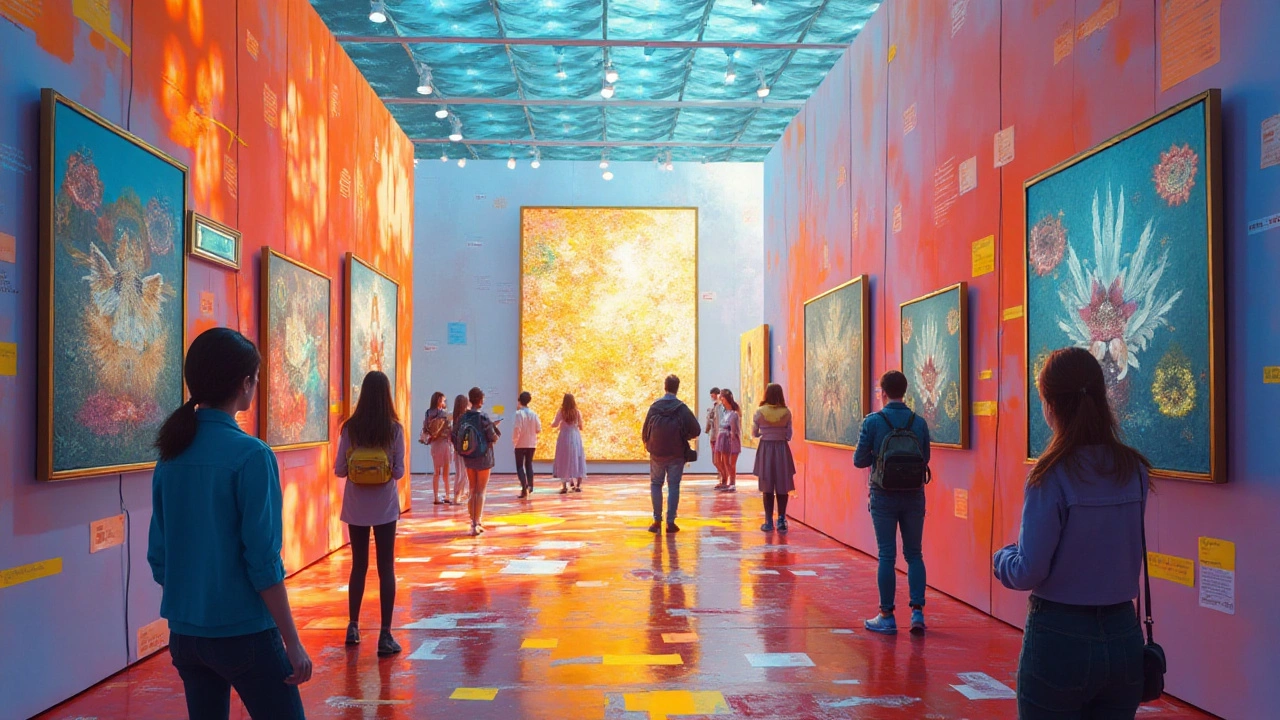
Collaborations and Community
For any artist looking to gain traction, building connections within the art world is as pivotal as creating the art itself. Forming collaborations and engaging with communities can significantly amplify the impact of your work. By collaborating with other artists, not only do you cross-pollinate audiences, but you also introduce a richer, more diverse expression in your creations. Imagine teaming up with an illustrator when your forte is painting, or working with a digital artist to animate your sketches; such collaborations can produce unique masterpieces that stand out in the crowded digital space.
Connecting with communities, both online and offline, helps nurture a support system that can often lead to unexpected opportunities. Many artists frequently share their knowledge and works in communal spaces, fostering an environment of mutual growth. Here, artists gain critical feedback, engage in inspiring discussions, and participate in projects that can lead to future art exhibitions, both physical and virtual. When artists unite for greater causes or exhibitions, they often draw in curious eyes eager to experience the symbiosis of varied talents. Participating in community-driven projects also boosts an artist's visibility since multiple contributors increase the reach exponentially.
In the digital age, art collaborations often extend beyond geographical boundaries. Platforms such as Behance and DeviantArt have communities teeming with creative minds looking to connect, exchange ideas, and embark on joint ventures. Engaging actively in forums or community contests on these platforms not only helps you build your online presence but also improves your art via constructive critique. As Hans Ulrich Obrist once said,
"Collaboration is key, it leads to innovation and inspiration." This mindset encourages artists to view collaboration not as a compromise, but as a new horizon for creativity.The virtual art community provides endless avenues for exposure and networking, bridging creative minds across the globe.
Don't underestimate the power of social connections. Artists should seek artistic groups or alliances, both local and global. These networks often organize exhibitions, pop-up shops, or virtual showcases where members can present their art. Serving dual purposes of community enrichment and personal branding, these events are invaluable. Artists should consider joining groups on platforms like Facebook or LinkedIn that cater specifically to their niche. This is where professionals share insights, challenges, and opportunities. Participating in these discussions provides a platform to share your art, receive feedback, and potentially gain mentors which might shape your artistic journey.
Embracing collaborations and community not only fosters personal growth but also instills a deeper sense of belonging. By consistently engaging with peers and mentors, artists build a reputation that transcends individual projects. As an art community member, your work is naturally promoted by others who appreciate and admire your unique contributions. This organic, word-of-mouth promotion can often yield more sustainable results than traditional marketing channels, reinforcing the artist's brand with authenticity and sincerity.
Unique Virtual Exhibition Options
The realm of digital exhibitions is continuously expanding, offering artists innovative avenues to showcase their work to a global audience. One fascinating development is the rise of virtual reality galleries that create immersive experiences for art enthusiasts. Platforms like V-Art and Artland simulate the experience of wandering through a traditional gallery setting, but with a twist—viewers can interact with the artwork in ways not possible in real life. These platforms often offer customizable settings, allowing artists to alter environments to suit the mood and style of their artwork, thus providing an enriching experience to the visitor.
Another trailblazing option is the use of augmented reality (AR) apps that bring art to any space using a smartphone or tablet. Apps like Artivive enable artists to layer digital content over physical artworks, adding dynamic dimensions that captivate audiences and offer interactive storytelling. This not only enhances viewer engagement but also distinguishes the artist in a crowded market, offering unique selling points that attract potential buyers and galleries looking for innovative talent.
Virtual art fairs are gaining popularity as well, transcending the need for physical locations. Events like The Other Art Fair have gone digital, allowing for international participation without the logistical constraints of travel and setup. These fairs often feature integrated e-commerce options, making it easier for artists to sell their work directly through the platform. A report from Artnet highlights that online art fairs saw a dramatic increase in participation rates during recent years, emphasizing their growing importance in the art world.
Art critic John Doe once mentioned, "In this digital age, where boundaries blur, artists can reach audiences they never imagined, right from their studios."
For artists keen on creating their own virtual exhibitions, tools like Kunstmatrix offer user-friendly interfaces and affordable solutions. Artists can design comprehensive exhibition spaces by uploading their works and arranging them within 3D rooms. Hosting online openings with live video interactions can further personalize the viewer experience, fostering a sense of connection and community despite physical separation. With endless customization capabilities, artists can exhibit their work more frequently and flexibly, thus increasing their art visibility.
While the transition to virtual options can seem daunting to some, embracing these technologies not only democratizes access to art but also opens doors to undiscovered markets. Artists who adapt and innovate within this space are effectively breaking free from traditional constraints, entering an arena where the potential for exposure and success is vast and varied.
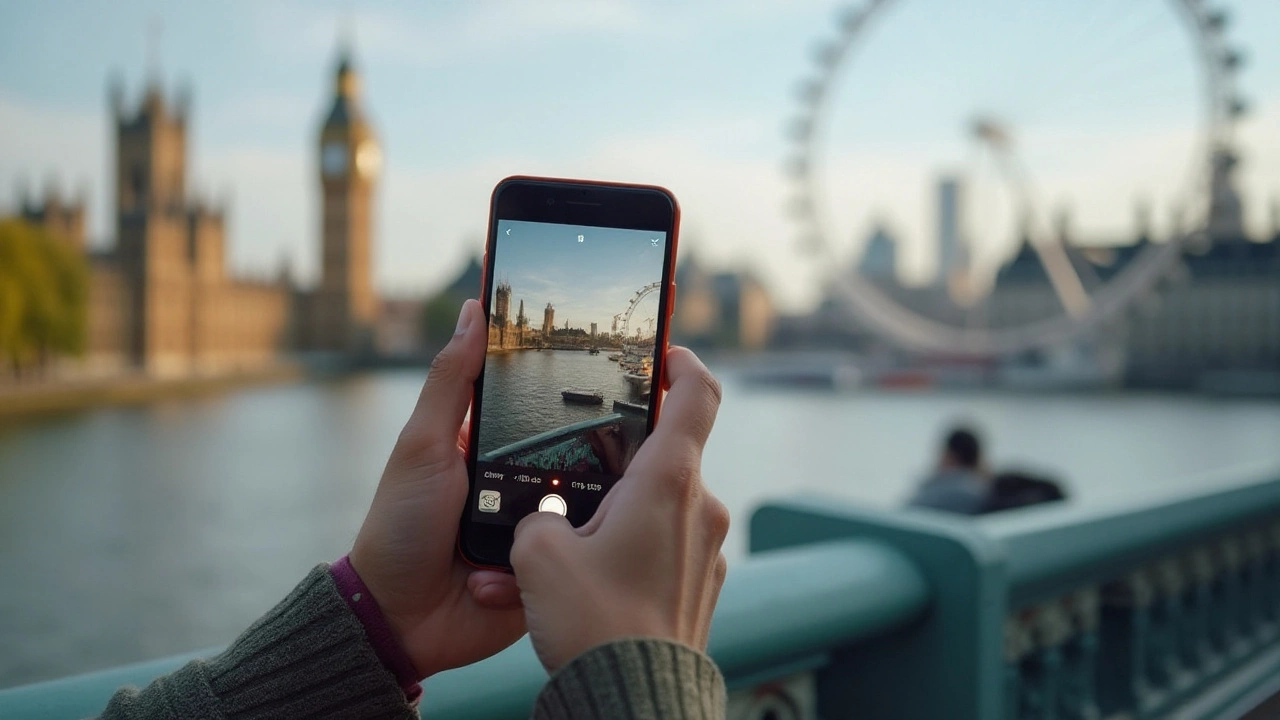
Creating an Effective Online Portfolio
Building an effective online portfolio is a crucial step for any artist aiming to promote their work in today's digital environment. An online portfolio serves as your virtual art gallery, enabling potential buyers, galleries, and art enthusiasts to explore your creative journey. The first step in creating a successful portfolio is selecting the right platform. There are numerous websites available that cater specifically to artists, offering both free and premium services. Websites like Behance, Adobe Portfolio, and Wix are popular choices due to their user-friendly interfaces and customizable options. By choosing the right platform, you ensure that your art is presented in a visually appealing manner that aligns with your personal aesthetic and professional goals.
Once you’ve chosen a platform, it's essential to organize your portfolio thoughtfully. A well-structured gallery not only highlights your artistic skills but also tells a story. Categorizing your work by themes, styles, or mediums can help visitors navigate your site with ease. Including detailed descriptions for each piece can provide deeper insights into your creative process and inspirations, which can be particularly engaging for art collectors and curators. Integrate a blog or news section to share upcoming exhibitions, workshops, or even your creative thoughts, which helps in maintaining an ongoing relationship with your audience.
A strong online portfolio also requires attention to Search Engine Optimization (SEO), which helps in increasing your art visibility. Incorporating relevant keywords, such as art promotion, into your website’s content can significantly improve its searchability. Regularly updating your portfolio with fresh content and new artworks can also boost its ranking in search engines. Moreover, linking your portfolio to your social media profiles and other online platforms where your art is featured creates a cohesive digital presence that strengthens your brand.
Visual coherence in your portfolio design cannot be overstated. A consistent color scheme, typography, and layout not only enhance the aesthetic appeal but also reflect professionalism. Tools like Canva or Adobe Lightroom can be useful for editing artwork images, ensuring they look their best online. If possible, hire a professional photographer to capture your artwork; high-quality images can make a significant difference in how your work is perceived by potential buyers or galleries.
"A well-curated online portfolio acts as your personal marketer, showcasing not just the art but the artist behind it." - Poppy Vincent, art consultant and curator
Feedback is an invaluable asset when developing an online portfolio. Reach out to peers, mentors, or art advisors, and invite their opinions on your portfolio’s layout and content. Constructive criticism not only helps refine the presentation but ensures your work resonates with an audience beyond your immediate network. As your portfolio evolves, remain adaptable and open to change. Regular updates and adjustments based on feedback and new trends in the digital landscape are critical to keeping your portfolio relevant and engaging.
